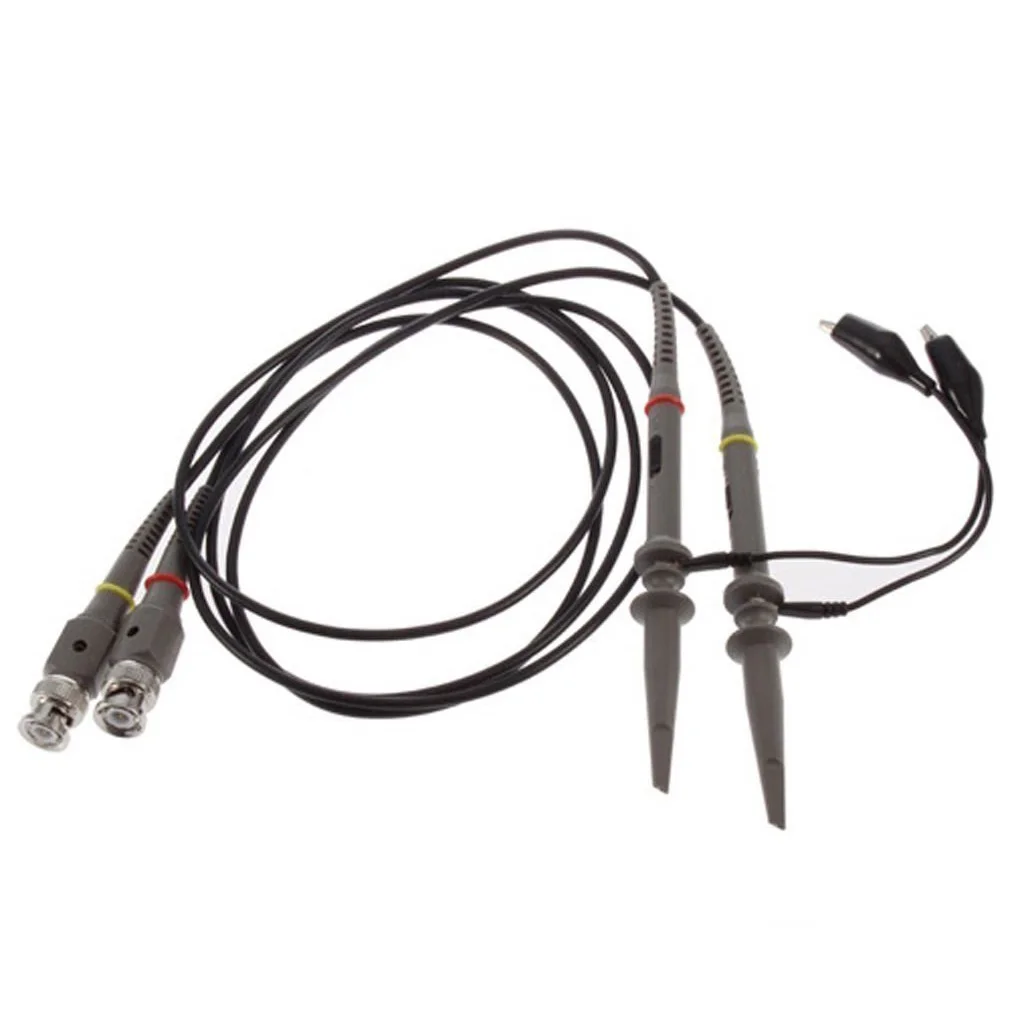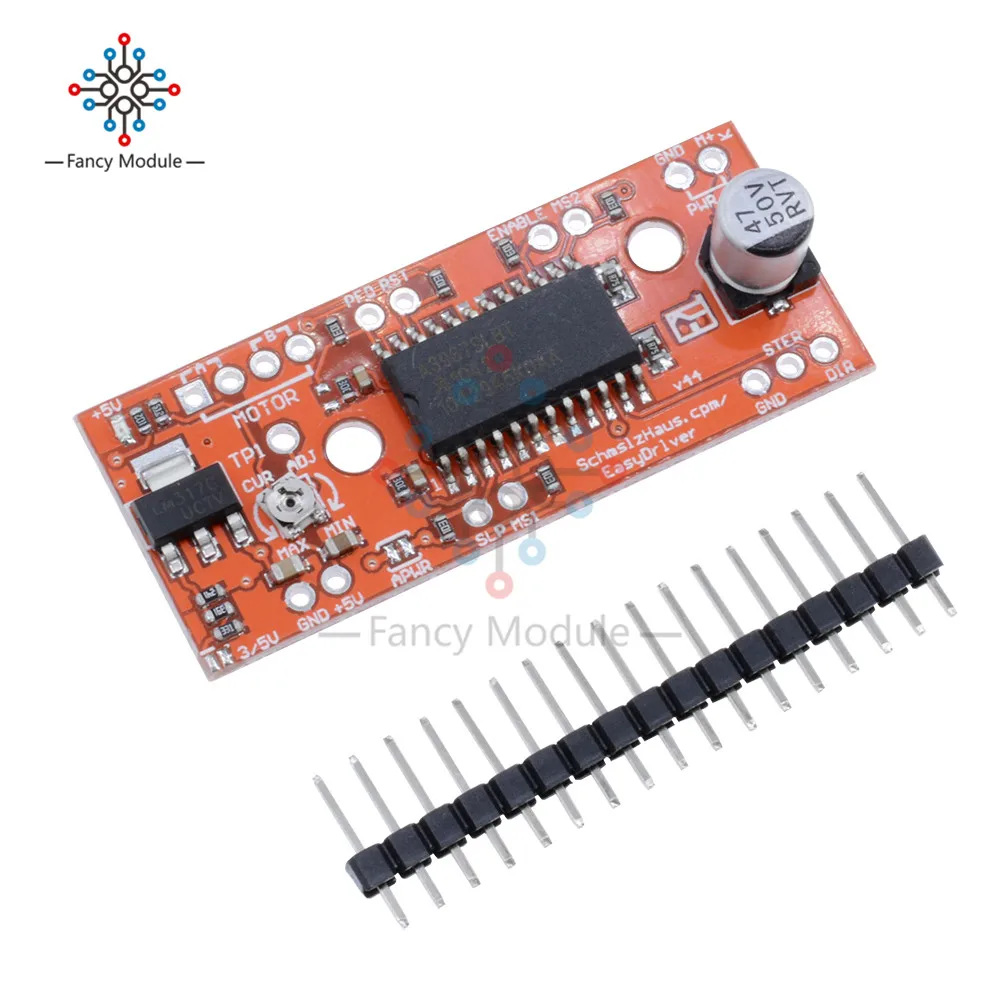Новое поступление
WF2-40B410 6028428 Sick Label Sensor 100% New & Original Genuine In Stock Fork Sensors or Cable DOL-0804-G02M on. WF2-40B410 6028428 Болезнь датчика ярлыка 100% новый и оригинальный подлинный в наличии вилочные датчики или кабель DOL-0804-G02M включен
118-136 MHz AIR aviation band pass filter ultra-small size SMA interface | Instrument Parts & Accessories
Черная требраха с оптическим вертикальным и GPS-адаптером, крепление 5/8"х11 с вращающимся винтом для тахеометра GNSS.
Инверторная сварочная машина TX14174 источник питания 24V переключение вертикальной пластины ZX7 TIG включен
B&R CP60 ECCP60-01 can normal working | Instrument Parts & Accessories
V44 A3967 EasyDriver Microstepping Driver Shield stepping Stepper Motor with Pins for Arduino 10PCS on - Шаговый двигатель V44 A3967 EasyDriver Microstepping Driver Shield с пинами для Arduino, 10 штук.
A-BF Высокоточный шумомер детектор децибелей Инструмент с цветным экраном тестер профессионального уровня звука.
Характеристики
0.96-дюймовый OLED-модуль дисплея 7 пинов 128*64 12864 ЖК-экран интерфейс IIC I2C белый/синий/желтый контроллер SSD1306 для Arduino
История изменения цены
*Текущая стоимость уже могла изменится. Что бы узнать актуальную цену и проверить наличие товара, нажмите "Добавить в корзину"
| Месяц | Минимальная цена | Макс. стоимость | Цена |
|---|---|---|---|
| Sep-18-2025 | 0.77 руб. | 0.69 руб. | 0 руб. |
| Aug-18-2025 | 0.30 руб. | 0.72 руб. | 0 руб. |
| Jul-18-2025 | 0.51 руб. | 0.93 руб. | 0 руб. |
| Jun-18-2025 | 0.80 руб. | 0.80 руб. | 0 руб. |
| May-18-2025 | 0.3 руб. | 0.80 руб. | 0 руб. |
| Apr-18-2025 | 0.4 руб. | 0.63 руб. | 0 руб. |
| Mar-18-2025 | 0.39 руб. | 0.15 руб. | 0 руб. |
| Feb-18-2025 | 0.60 руб. | 0.89 руб. | 0 руб. |
| Jan-18-2025 | 0.69 руб. | 0.29 руб. | 0 руб. |
Описание товара












Brand NameBUCOLICOriginMainland ChinaCertificationNONEDIY SuppliesELECTRICALMeasurement unitpiece/piecesEach pack1
Description
0.96 Inch OLED Module 7 PIN 128 * 64 12864 3V-5V 0.96" SPI Serial 128X64 OLED LCD LED Display Module yellow blue for Arduino
What is OLED?
OLED (Organic Light-Emitting Diode) is a self light-emitting technology composed of a thin, multi-layered organic film placed between an anode and cathode. In contrast to LCD technology, OLED does not require a backlight. OLED possesses high application potential for virtually all types of displays and is regarded as the ultimate technology for the next generation of flat-panel displays.
The use of OLED technology offers the following advantages for flat-panel displays?
1. A simplified manufacturing process compared to TFT-LCD (See comparison of Picture 1 and Picture 2 below)
2. Self-emitting light, in contrast to the required backlight for TFT-LCD
3. High luminosity
4. Lightweight and thin (less than 2 mm)
5. Capable of wide viewing angles?~180??
6. Low operating voltage and power consumption
7. Quick response (~ ? second level)
8. Wide range of operating temperatures (-40c to 85c)
A Comparison of OLED and TFT-LCD Display Technologies
How Does OLED Emit Light?
OLED"s basic structure consists of organic materials positioned between the cathode and the anode, which is composed of electric conductive transparent Indium Tin Oxide (ITO). The organic materials compose a multi-layered thin film, which includes the Hole Transporting Layer (HTL), Emission Layer (EML) and the Electron Transporting Layer (ETL). By applying the appropriate electric voltage, holes and electrons are injected into the EML from the anode and the cathode, respectively. The holes and electrons combine inside the EML to form excitons, after which electroluminescence occurs. The transfer material, emission layer material and choice of electrode are the key factors that determine the quality of OLED components.
Note: If you decide to buy OLED display, you must confirm that you can make it work by yourself, we'll haven't any technology support except all the datasheet. Thanks for your understanding and support.
Needn't backlight, the display unit can self-luminous
High resolution: 128 * 64
Viewing angle:> 160 °
Supports many control chip: Fully compatible with for Arduino, 51 Series, MSP430 Series, STM32 / 2, CSR IC, etc.
Ultra-low power consumption: full screen lit 0.08W
Voltage: 3V ~ 5V DC
Working Temperature: -30 c ~ 70 c
Module Size: 27.0MM * 27.0MM * 4.1MM
I2C/IIC Interface, need 2 IO only.
Driver IC: SSD1306
Package Included:
- 1 x 3-5V 0.96" SPI Serial 128X64 OLED LCD LED Display Module yellow blue for Arduino
-
![]()
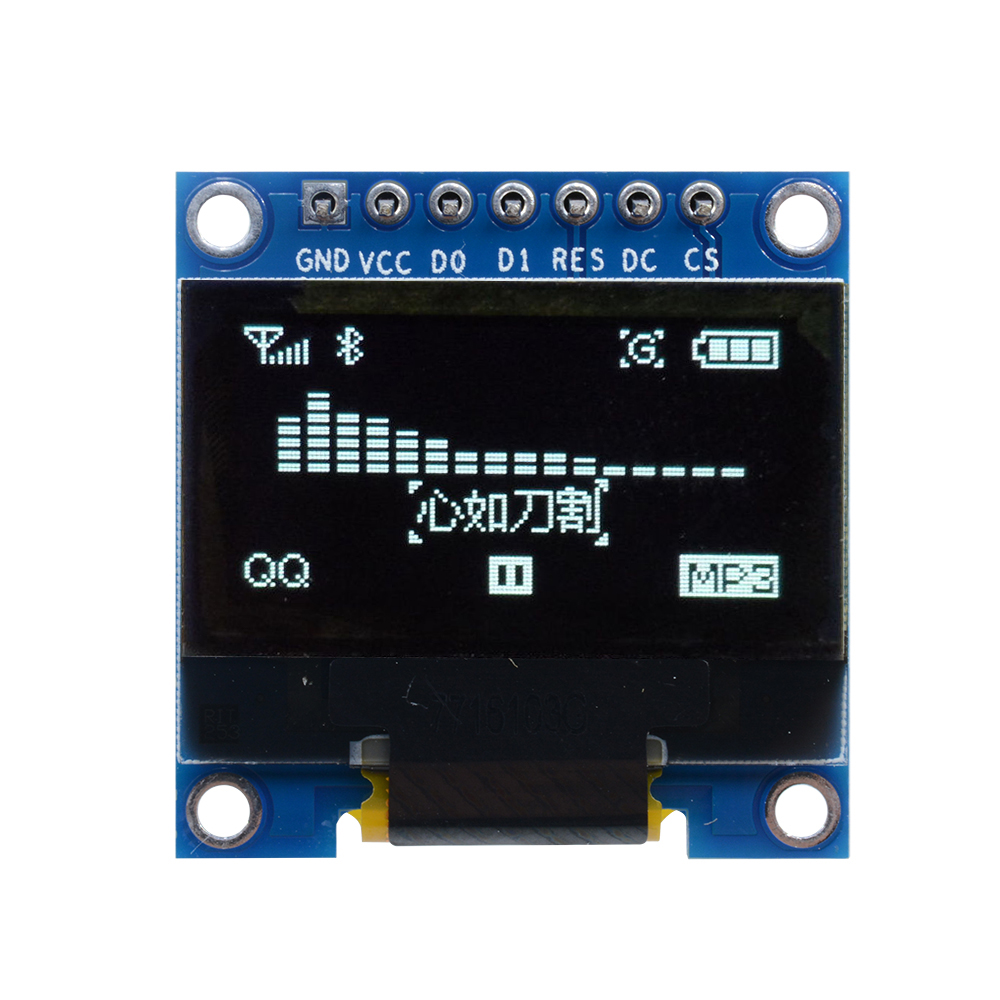
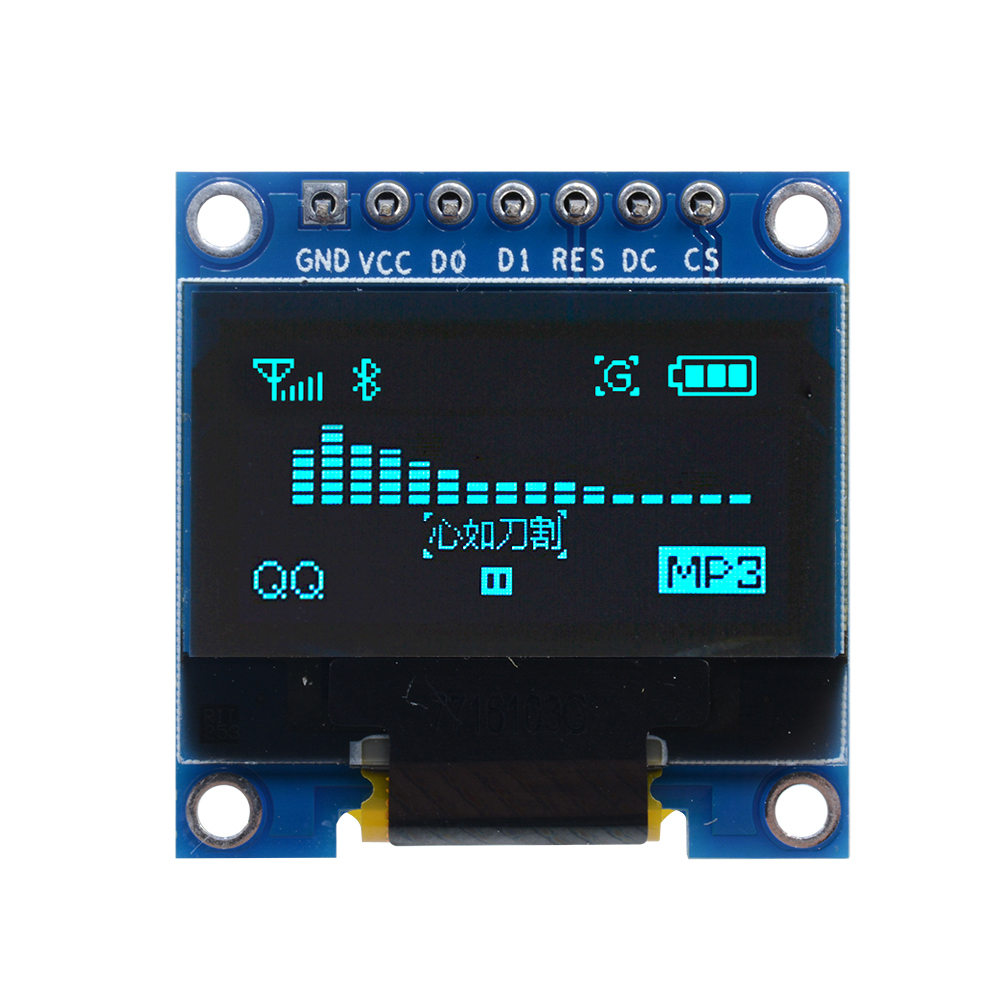
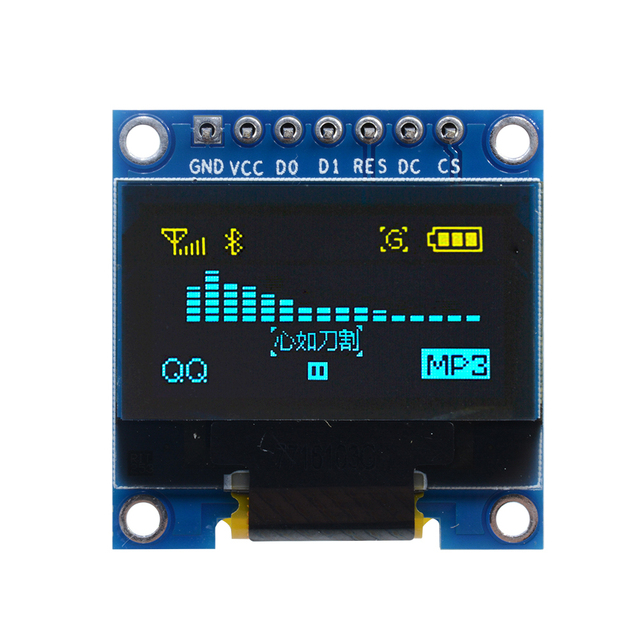
![]()
![]()
Смотрите так же другие товары:






